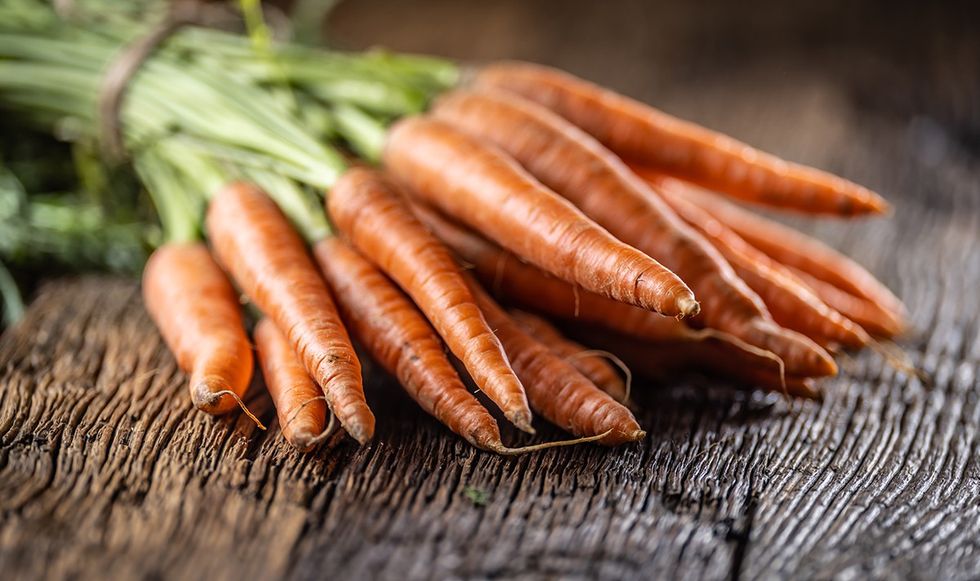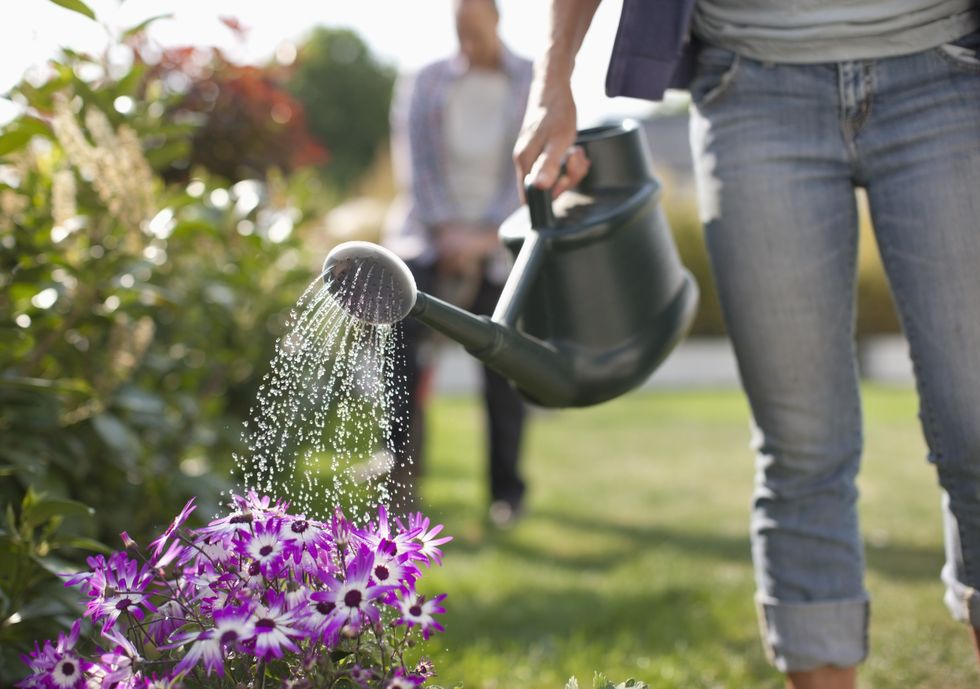How to care for your plants in autumn
GETTY
GB News is sharing everything you need to know to grow and care for plants at home and in your garden. This week, we share advice for helping plants thrive in autumn
Don't Miss
Most Read
Trending on GB News
The weather has cooled notably across the country, and gardeners may be unsure how to tend to their plants as the seasons change.
Speaking exclusively to GB News, an expert shared advice on what to do in your outdoor space in the coming weeks.
Making sure your plants are well-watered is a good place to start, according to plant expert at Plantum Anastasia Borisevich.
She said: "As we savour the last golden days of summer, it becomes apparent that autumn is just around the corner. Amidst the changing season, our plants still need tender care, so mastering the art of fall garden care becomes paramount.

Check the vegetables in your garden
GETTY"Nature generously provides cues to help you fine-tune your fall watering routine. Pay close attention to rainfall patterns and temperature fluctuations.
"In regions with abundant rainfall, allow nature’s contribution to hydrate your garden. Conversely, during dry spells, you’ll need to give your green friends plenty of water.
"A good rule of thumb is to water less frequently but more deeply. As fall progresses, plants enter a state of dormancy. This transition is accompanied by a reduction in water requirements.
"You should curtail watering approximately two to six weeks before the first expected frost and stop it altogether when the temperatures consistently fall below 4°C."
The expert suggested closely monitoring your plants to ensure they are getting enough water, but be mindful not to overwater them. This applies to trees, too.
They added: "Abundant watering throughout autumn is crucial for successful overwintering of trees: as cells fill up with water, they gain resistance to frost damage, protecting your tree from possible injuries and unfavourable conditions.
"Wrap the trunk with special crepe paper tree wrap in fall to avoid sunscald. Though roots may seem perfectly safe underground, they may still suffer from winter temperature fluctuations.
"To keep soil temperature consistent, apply a two to three inch (five to eight centimetre) layer of mulch beneath the tree’s drip line in late fall or early winter."
Inspecting your garden will help you to spot any areas that need extra care and attention. Anastasia continued: "Start your expedition by examining every nook and cranny of your beloved plants, including leaves, stems, and fallen foliage. Pests often hide in cracks, bark, and under old branches.
"Pluck them by hand or, in the case of more extensive infestations, remove entire affected areas, such as gall-covered leaves. Pruning dry branches, old trees, and stubborn stumps is all part of our quest for a healthy garden.
"Look for spots, deformities, and odd growths on leaves. If you notice any of these issues, prune the affected areas and treat them with a fungicide. Burn all removed plant parts.
LATEST DEVELOPMENTS

Make sure plants are well-watered
GETTY"It’s also important to collect and burn all fallen leaves; don’t use them for composting, as they may still contain spores of pathogenic fungi."
This care and attention should also be applied to your stored harvest, such as fruits and vegetables. The expert continued: "Keep an eye on fruit and vegetables in storage. Apples, pears, root veg and squash can all be stored well into the spring, but it’s worth checking them from time to time to remove anything that has softened or started to rot.
"Keep your fruit away from the veg, as many fruits give off ethylene that speeds up the maturing process in vegetables. As you consume or remove the stored harvest, space out what remains.
"Increasing the airflow and maintaining low humidity around the produce reduces the risk of fungal diseases and rot."
Disease, rot and pests, in general, can target plants at all times of the year, so watch out for these.
She stated: "Mice and rats searching for food and warmth can pose a problem in winter. Keep an eye out for signs of them in sheds or greenhouses. If spotted, you can use rodent bait, traps, or sonic devices to get rid of them."








